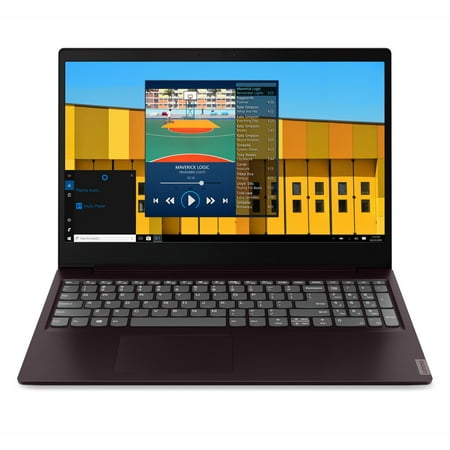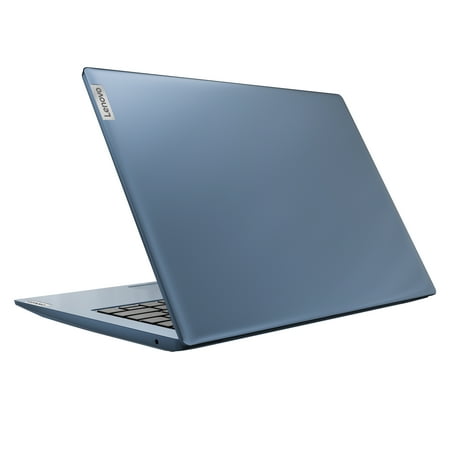Dell XPS 13 2-in-1 Laptop | Dell Australia
13-inch 2-in-1 that’s artfully crafted with premium materials to be thin and powerful with the new 11th Gen Intel® Core™ processors.
Thin but powerful
Verified for exceptional experiences anywhere
Intel® Evo™ platform brings the perfect combination of performance, responsiveness, battery life and stunning visuals to a new class of sleek, stylish laptops. Co-engineered with Intel and verified to provide the ultimate experience for life and work anywhere. Learn more
Breaking the boundaries of performance for thin and light laptops
The speed and intelligence of 11th Gen Intel® Core™ processors and up to Intel® Iris® Xe graphics makes your experience fast, smooth, and easy.
Dell Power Manager with adaptive performance
This 2-in-1 uses adaptive performance based on the latest Intel Dynamic Tuning Technology. With this predictive and adaptive engine, our laptop is actively changing the power of its CPU to optimize your specific workload, increasing performance when you need it.
Killer™ Wireless
With advanced Wi-Fi 6 technology and theoretical throughput speeds of up to 2.4 Gbps, the Killer AX1650 is nearly 3 times as fast as the previous generation of 80MHz 2×2 AC products. It prioritizes streaming video, communication, and game traffic in your system for fast, smooth online experiences.
Stays cool under pressure
| Experience the thermal redesign of the XPS 13 2-in-1. With separated dual fans to cover more area, internal vapor chamber and hidden exhaust venting—greater performance is enabled in the thinnest form factor possible. |
Made smarter to make you faster
| Start in an instant: A built in lid sensor allows you to open the lid and power up in milliseconds, no matter what power-state you are in.
You are the password: Choose between two secure, personalized ways to log on. The infrared camera with Windows Helloi recognizes your face, unlocking your XPS with secure facial recognition technology. The fingerprint reader integrated into the power button lets you log on with just a touch. |
Additional information
| Dimensions | Height: 14.35mm (0.56") x Width: 297 mm (11.69") x Depth: 207 mm (8.15") |
|---|---|
| Weight | starting at 1.32 kg (2.9 lbs) |






by Mike
Fantasic bit of machine thats looks good and performs exceptionally
by Rachel
Beautifully styled, lightweight and slim, the keyboard has a lovely mechanism.
by Jack
Great laptop but battery life is half of what is promised.
by Mukhlis
it is excellent device and I found what I looking for, so I recommend it to whom looking for soft and high performance laptop.
by Mikey
Love the laptop and the size and versatility. Good use as tablet and laptop. Great build.